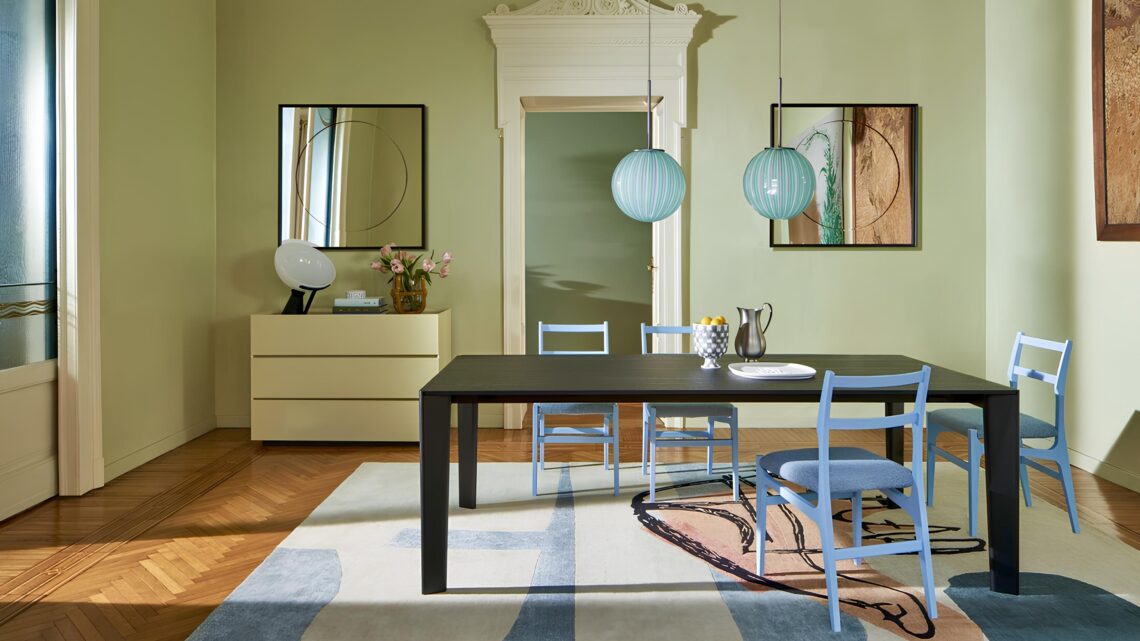
Tips for Choosing the Right Sideboard
Find Your Perfect Match: Tips for Choosing the Right Sideboard for Your Home
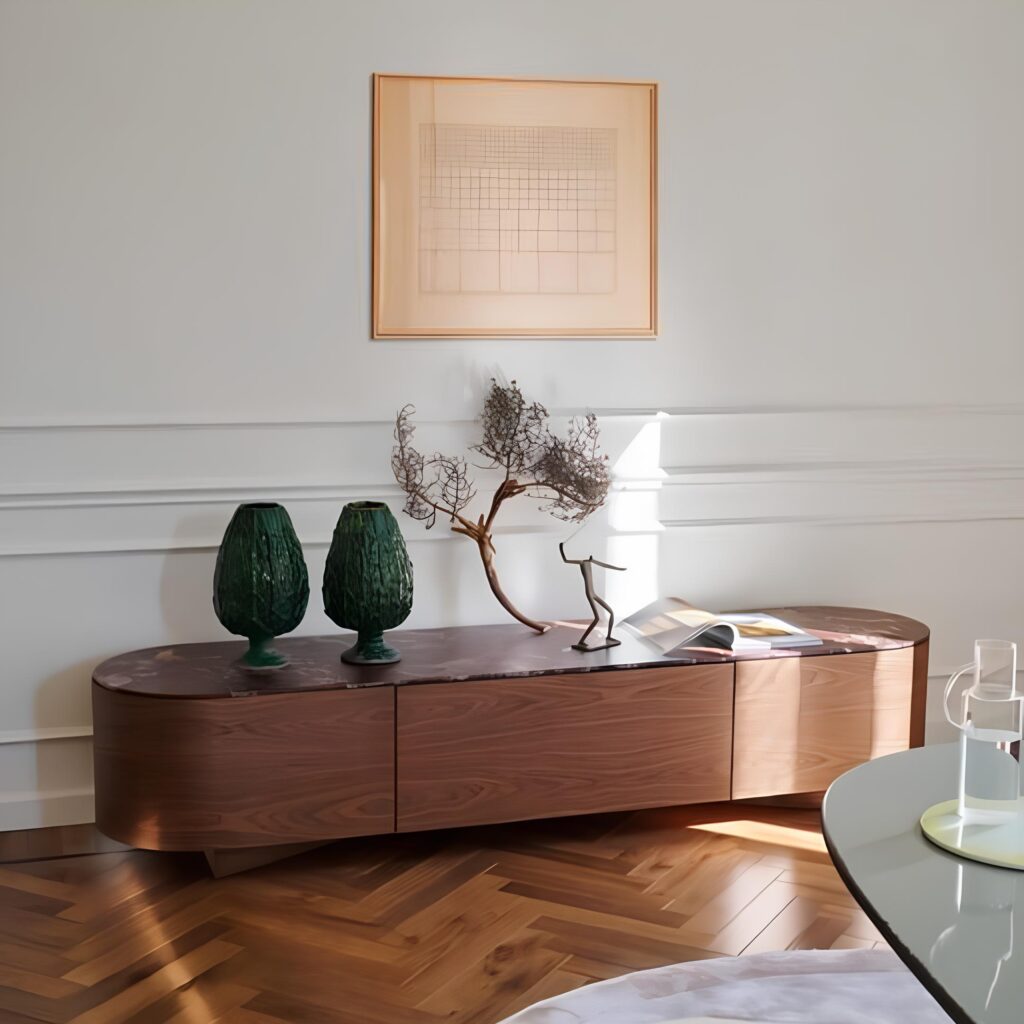
Cassina Rondos sideboard
Ever found yourself staring at an empty wall, or perhaps a cluttered corner, wishing for a piece of furniture that could do it all – store, display, and elevate your space? Enter the humble, yet mighty, sideboard!
Often overlooked in favor of bigger furniture pieces, a sideboard is a versatile hero. Whether you call it a buffet, a credenza, or simply a storage cabinet, this elegant piece can serve a multitude of functions in almost any room of your home. But with so many styles, sizes, and materials out there, choosing the perfect one can feel daunting.
Don’t fret! We’re here to guide you through the process, ensuring your new sideboard isn’t just a purchase, but a cherished addition to your home.
1. Define Its Primary Purpose

Cassina Bramante sideboard
Before you even start browsing, ask yourself: What do I need this sideboard to do?
Dining Room Star: Will it store your heirloom china, extra serving dishes, and linens for dinner parties? Perhaps provide a dedicated surface for serving food?
Living Room Luminary: Is it meant to house media equipment, books, or provide display space for cherished photos and decor?
Entryway Essential: Could it be a drop zone for keys, mail, and bags, complete with a mirror above?
Bedroom Buddy: Might it offer extra storage for clothes, accessories, or act as a stylish dressing table alternative?
Knowing its main function will significantly narrow down your choices, especially regarding storage features (drawers, shelves, open cubbies, etc.).
2. Measure Up (Literally!)
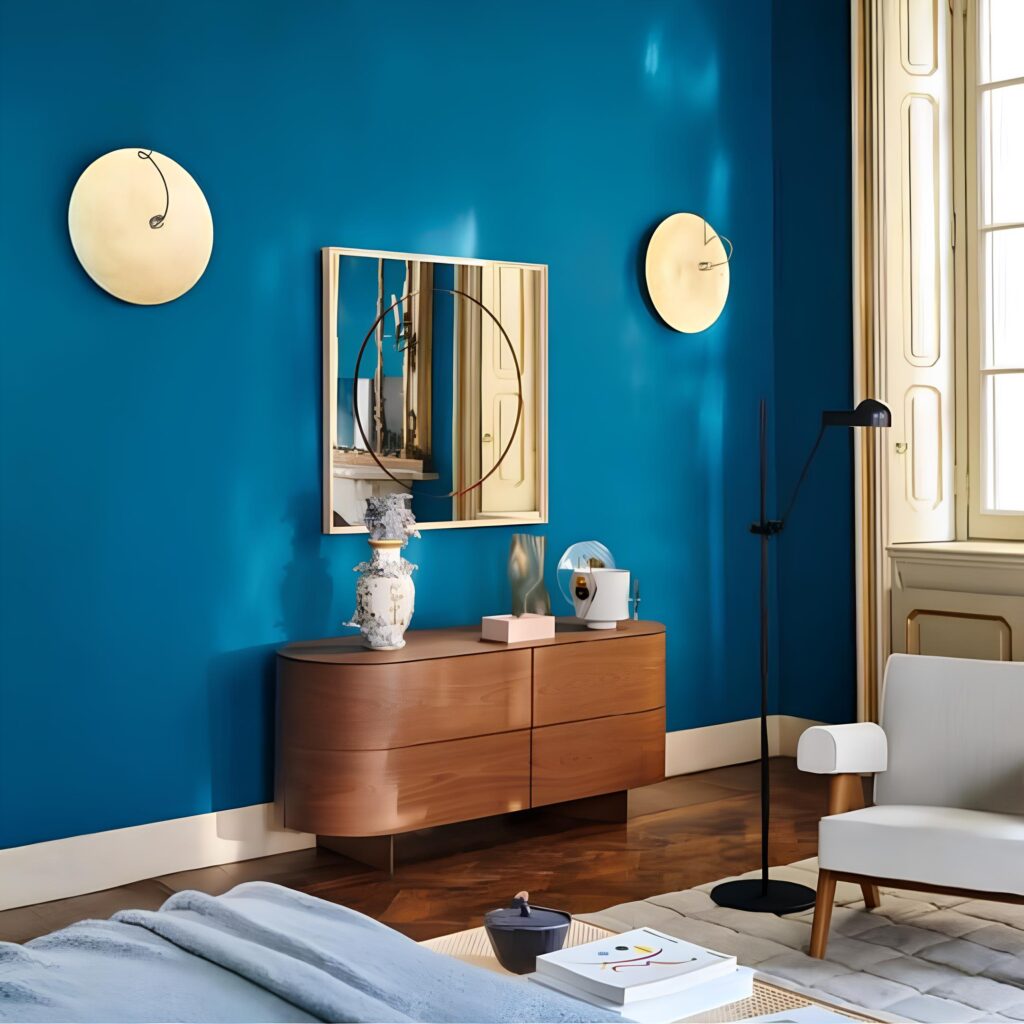
Cassina Rondos sideboard
This is perhaps the most crucial step. A sideboard that’s too big will overwhelm a room, while one that’s too small might look lost.
Width: Measure the wall space where the sideboard will sit. Leave some breathing room on either side – ideally, the sideboard should cover about two-thirds of the wall’s width.
Height: Consider any windows, wall art, or wall-mounted TVs. You don’t want the sideboard to block key features or look awkward. A common height is around 30-36 inches, often aligning with dining table height.
Depth: This is vital for traffic flow. In a dining room or hallway, ensure there’s enough space to comfortably walk past it. Typically, sideboards range from 16-20 inches deep.
Pro Tip: Use painter’s tape on the floor or wall to outline the dimensions of your prospective sideboard. This visual aid can prevent costly mistakes!
3. Harmonize with Your Home’s Style
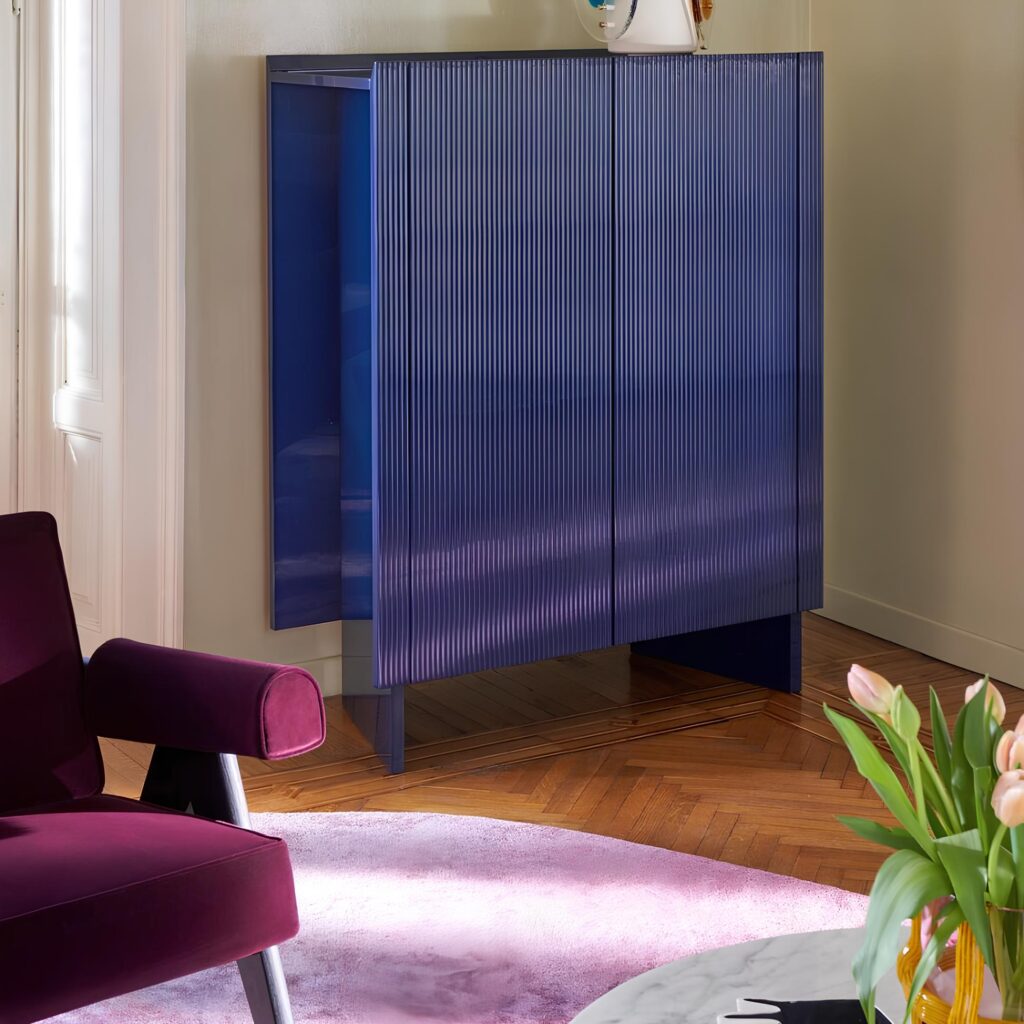
Cassina Hayama sideboard
Your sideboard should be an extension of your existing decor, not an outlier. Think about the overall aesthetic of the room and your home:
Modern & Minimalist: Look for clean lines, simple forms, smooth finishes, and perhaps metal or glass accents.
Rustic & Farmhouse: Distressed wood, natural finishes, industrial hardware, or barn-door style fronts would fit right in.
Traditional & Classic: Think rich wood tones, intricate carvings, elegant hardware, and perhaps a slightly more ornate design.
Bohemian & Eclectic: Embrace unique textures like rattan, cane, or reclaimed wood, and don’t shy away from vibrant colors or global-inspired patterns.
While matching isn’t always necessary, aim for a cohesive feel. A sideboard can be a subtle blending piece or a bold statement, but it should always feel intentional.
4. Material Matters
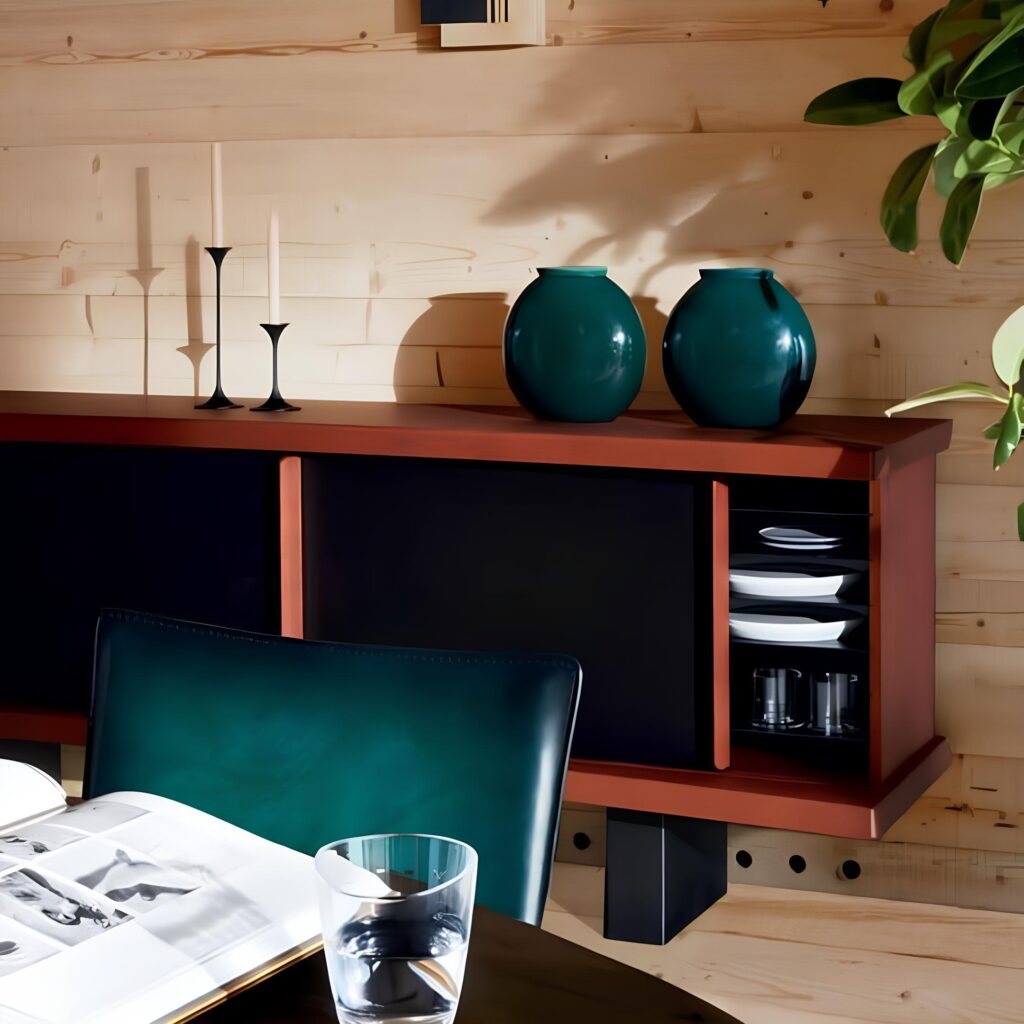
Cassina Riflesso sideboard
The material of your sideboard impacts its durability, maintenance, and overall look and feel.
Solid Wood: Timeless, durable, and can be refinished. Options range from oak and walnut to mango and pine. It often comes with a higher price tag.
MDF/Veneer: A more budget-friendly option, offering a wide range of finishes and colors. It’s often more resistant to warping but can be less durable than solid wood.
Metal & Glass: Perfect for industrial, modern, or minimalist aesthetics. Offers an airy feel but might require more cleaning.
Rattan/Cane: Adds texture and a breezy, natural vibe, ideal for bohemian or coastal-inspired homes.
Mix-and-Match: Many sideboards combine materials, like a wooden frame with a marble top, or metal legs with glass doors, offering both style and functionality.
Consider your lifestyle – do you have kids or pets? A durable, easy-to-clean material might be a priority.
5. Storage Savvy & Features

Cassina Rondos sideboard
Go back to your primary purpose and think about the specifics:
Drawers: Essential for cutlery, placemats, small appliances, or keeping clutter out of sight.
Shelves (Open vs. Closed): Open shelves are great for displaying decorative items, books, or art. Closed cupboards hide less attractive items, offering a cleaner look.
Adjustable Shelves: A practical feature, allowing you to customize storage for items of varying heights.
Cable Management: If you’re using it for media, look for cut-outs or routes for cables to keep them tidy.
Wine Racks: A bonus for dining room sideboards, perfect for wine enthusiasts.
6. Don’t Forget Your Budget

Cassina Ghost Box sideboard
Sideboards come in a vast price range. Set a realistic budget before you start shopping to avoid disappointment. Remember that investing a bit more in a well-made piece can mean it lasts for decades, becoming a timeless part of your home. Prioritize the features and materials that are most important to you within your price range.
A well-chosen sideboard is more than just a piece of furniture; it’s a functional work of art that can truly enhance your home’s aesthetic and organization. By considering its purpose, size, style, materials, and features, you’ll be well on your way to finding the perfect match. Happy hunting!
What are your must-have features in a sideboard? Share your tips in the comments below!
Have you fallen in love with these iconic sideboards? Ask for more info to LOMUARREDI’S TEAM
If you liked our blog post “Tips for Choosing the Right Sideboard” have also a look at Brightening the Living Room with a Light-Coloured Sofa





